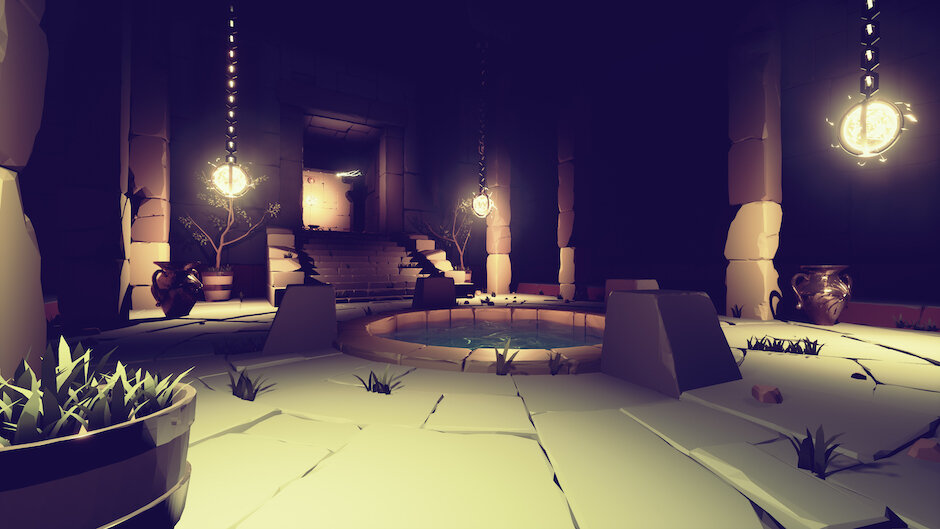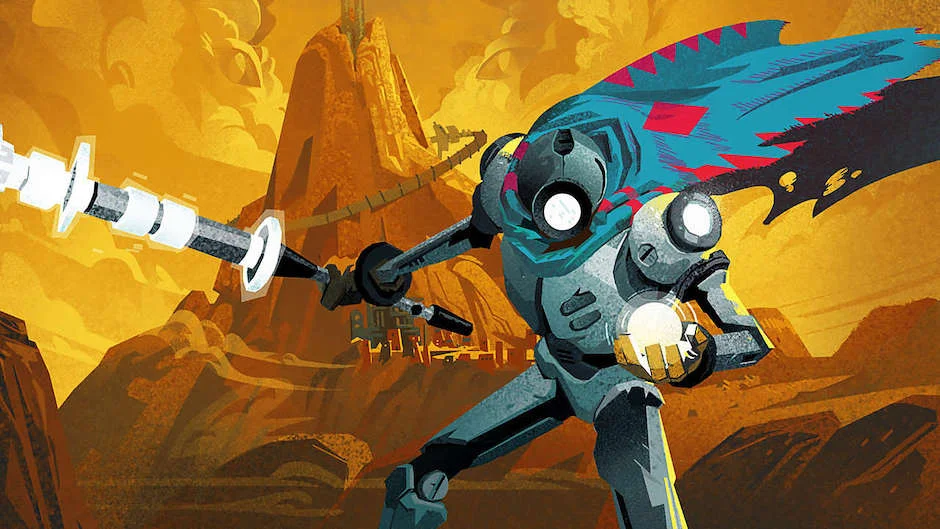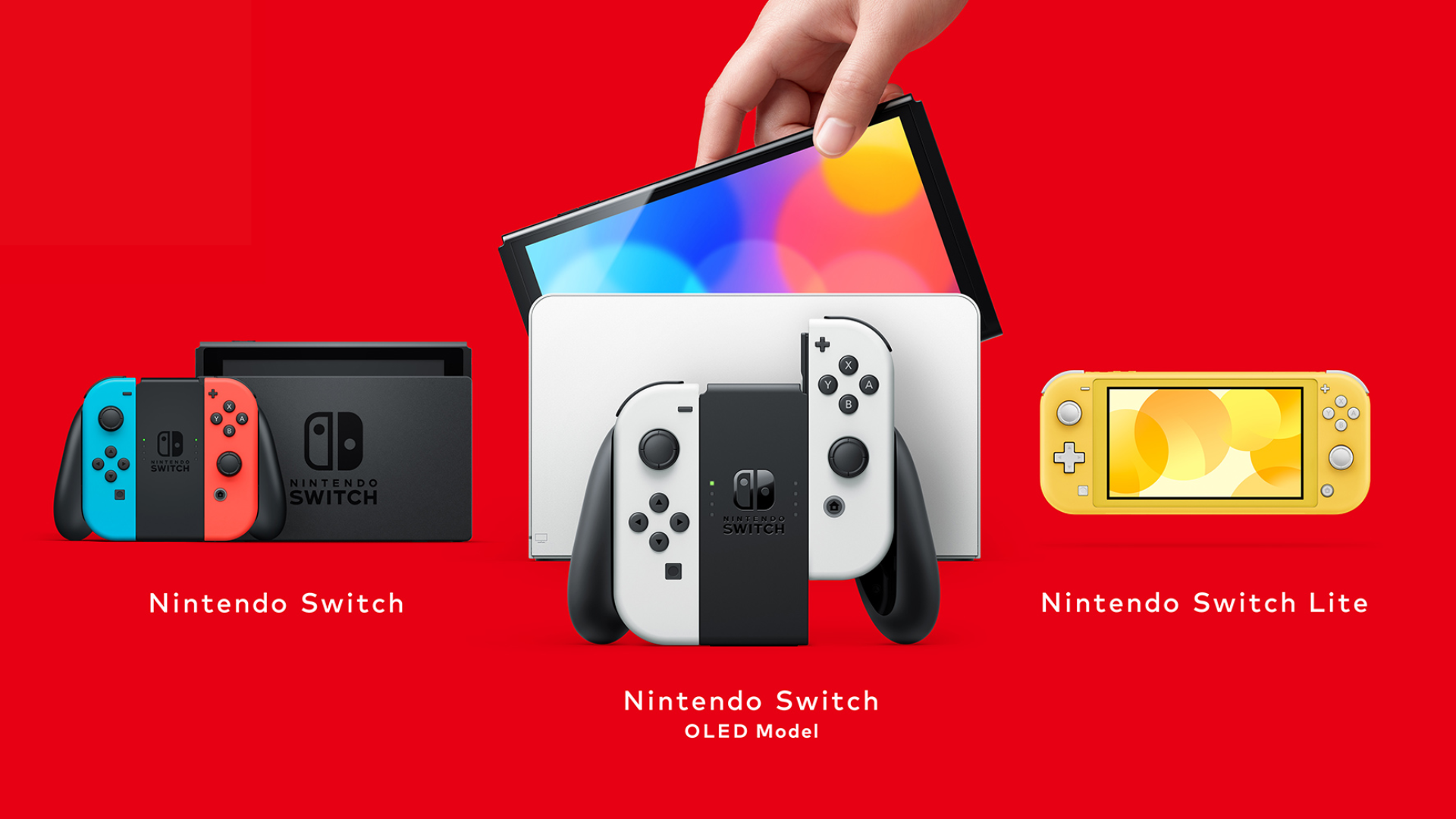Xbox One code provided by Shifting Tides
The Sojourn exists in this beautiful valley between the shifting world of Monument Valley and the elaborate challenges of The Witness. Distinct from many puzzle games, however, The Sojourn builds a poignant story that grapples with mature themes like our obsession with power, might, greed as well as our blindness to the real nature of those vices. But it does so while anchoring the player in a beautiful world with complex obstacles that evolve as the game progresses. Shifting Tides created both an exciting puzzle game and a thought-provoking alternate reality in which humanity’s worst inclinations are weighed and measured. The Sojourn is precisely what the names suggests—a journey. And it’s one that you’ll appreciate as you step through the contrasting worlds of light and darkness.
Story
Many puzzle games do not place an emphasis on the story. Instead, the adventures highlight the clever mazes and traps that await the player. If there is a story, it’s frequently a simple one that helps to tie the disparate pieces of the game together. The Sojourn bucks that trend and elevates the narrative in the puzzle genre. Everything about the game accentuates the themes that Shifting Tides has woven into the world. Portals transport you between the realities and all of the statues with which you can interact must be awakened first. Floating around the ether of The Sojourn is the idea that we’re all sleeping and have yet to wake up.
That notion is present in the main story that persists during your journey. At the beginning, you are introduced to a newborn baby. The child exists in a world where everyone wears blindfolds except for a powerful few. The only individuals who retain their sight are the sorcerer, the knight, and the master of coin. As you venture further and complete more puzzles, you witness the child grow up and discover his world. The blindfolded humans learn about magic and power by the sorcerer. They’re taught duty and discipline by the knight. And the master of coin taxes them. Once the child has become a man, though, he reaches a point of crisis. At that point, the game isolates and examines the nature of truth and questions the certainty with which we believe what we’ve been told. That blindness and inability to see the perversion of human nature is central to The Sojourn.
What I appreciated most about the story is the freedom that the game bestows upon the player. You can choose how much or how little to invest in the story. These scenes and philosophical dilemmas on which The Sojourn reflects can be casually inspected before moving on to the next puzzle. You can also stop to think and to wonder. You control the depth to which you sink into the colliding realities. The game enables you to skim the surface or to drift off into the waters.
Gameplay
The game is very easy to pick up. Harder to put down. Controls are barebones. Maneuvering around the puzzles is fluid. You can jump, but it might be more appropriate to classify it as a hop. And then you interact with the devices that control the composition of the world around you. There are statues with which you can swap places. There are harps that when activated solidify broken walkways. Portals transport you between realities. Blue-flame markers on the ground imbue you with the power to awaken and manipulate the devices within sight. And all-seeing eyes lure you into the dark world when needed. The mechanics work flawlessly and the puzzles require creative and resourceful manipulation of your environment.
Each chapter introduces you to new elements that influence how a puzzle might be solved. The difficulty increases as you get farther into the game, but it never feels convoluted. The solutions can be logically reached if you deconstruct the problem. If you’d rather experiment by trial-and-error, however, that’s also a viable way to approach the game.
Other than introductory puzzles that demonstrate the use of a new obstacle, each challenge also incorporates a bonus. These further complicate the nature of the puzzle but reward players with merits and proverbial wisdom. The inclusion of these additional challenges improves the in-game content and supplements the story.
Everything in The Sojourn felt purposeful, and the game plays smoothly. So smoothly that you’ll want to keep moving from puzzle to puzzle without consideration for time or responsibility.
Visuals
The Sojourn leaves you awed. The atmosphere is either drenched in light and vitality or mired in blacks and inky color. While playing, you do get the sense that you’ve been transported into other realities as the earth and stone around you construct and de-construct in mesmerizing fashion. The shifting nature of the world means you’re never sure what will materialize next. Or what will vanish. Just like the gameplay, the visuals are integral to the story, and all of ti coalesces into a beautiful whole. Truly a pleasure to behold.
Replayability
There are two main components to the game. The chapters that make up the narrative and the bonus challenges that exist in tandem with and outside of those chapters. It’s likely that you’ll finish the game without having completed all of the puzzles. The Garden of Merits exists as a place to revisit the bonus obstacles that you missed. Once you’ve finished all of that content, there isn’t much else. I anticipate returning to The Sojourn in order to solve everything, but I can also envision playing the game again with someone else, watching them experience the journey and master the game. Compared to many of the games that release nowadays, though, you will not spend dozens of hours in The Sojourn.
What It Could Have Done Better
More chapters with new statues would have added even more value to the game, but there is little to complain about.
Verdict
The Sojourn is not just a game. It’s an experience. The best puzzle games make you think about more than the obstacle in front of you, and The Sojourn certainly did that. It’s worth your time, and you’ll appreciate the questions that the mercurial reality poses. It’s a lot to chew on.


























